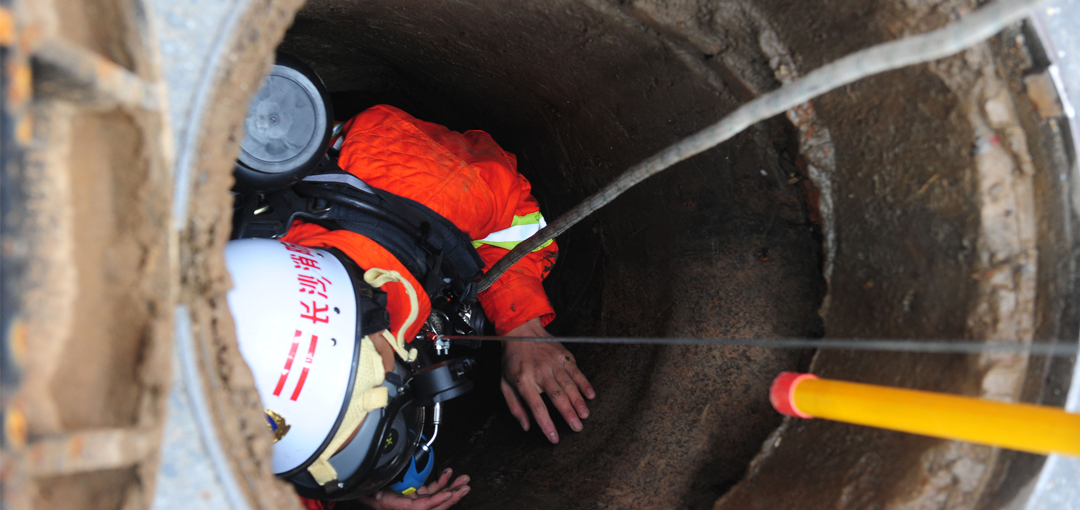Confined Space Team Members: Roles And Responsibilities
Confined Space Team Members: Roles And Responsibilities
November 8, 2023 |
In industries where workers must navigate tight and potentially hazardous areas, understanding the dynamics of a confined space team is essential. These teams are not just groups of individuals; they’re highly trained professionals, each with a specific role, working together to ensure everyone’s safety. In this article, we’ll break down the various roles within a confined space team and shed light on their crucial responsibilities.
Definition: Identifying What Constitutes A Confined Space
A confined space is more than just a tight spot. It’s defined by specific characteristics that make it potentially hazardous for workers. These spaces often have limited entry and exit points, can contain harmful gases, and may not be designed for continuous occupancy. Think of storage tanks, silos, or even some tunnels. Workers can avoid serious risks with a clear understanding of what these spaces entail. Therefore, the first step for any confined space team is to identify and understand the nature of the space they’re working in, ensuring all precautions are in place.
Team Composition: Roles And Responsibilities Of Team Members
A confined space team is like a well-orchestrated machine, with each member playing a pivotal role. While the specific composition can vary depending on the industry or task, some roles are universal.
The entrant is the individual who enters the confined space, performing tasks while being aware of potential risks. Supporting them is the attendant, who remains outside, monitoring conditions and ensuring the entrant’s safety. Communication between these two is crucial. Against the backdrop, technical experts, safety personnel, and emergency responders might be bringing a specific skill set. This team ensures that operations within confined spaces are carried out safely and efficiently.
Entry Supervisor: Ensuring Safe Entry And Exit Procedures
The entry supervisor is one of the most pivotal roles in a confined space team. This individual is responsible for ensuring that the conditions inside the space are safe before anyone enters. They evaluate potential hazards, determine the necessary safety measures, and oversee the use of protective equipment. But their job continues once the entrant is inside. The entry supervisor monitors the situation and is ready to halt operations if conditions become unsafe. They’re also in charge of ensuring a safe exit, making sure that at the end of the task, every team member is safely out and accounted for.
Attendant: Monitoring The Entrants And Maintaining Communication
A confined space attendant, often referred to simply as an ‘attendant,’ holds one of the most vital positions in a confined space team. While they might not enter the confined space themselves, their eyes and ears are constantly tuned to those who do. They are the primary line of communication between the entrant and the outside world.
The attendant is responsible for continuously monitoring the conditions inside the confined space, ensuring that entrants remain safe throughout their tasks. Using various tools and equipment, they keep track of air quality, temperature, and any other environmental changes that could pose risks. Communication is key in this role. The attendant must maintain constant contact with the entrant, relaying information, updates, and, if necessary, emergency evacuation orders. Their vigilance ensures that if any unexpected issues arise inside the confined space, someone on the outside is ready to take immediate action.
Entrant: Following Safe Practices While Inside The Confined Space
The entrant’s role is undoubtedly one of the most challenging in a confined space team. These brave individuals are the ones who physically enter these restricted environments to carry out specific tasks, whether it’s maintenance, inspection, or any other operation. While their position’s inherent risks are clear, their training, expertise, and adherence to safety practices keep them safe.
